Mawa Modak

Top Rated Recipe
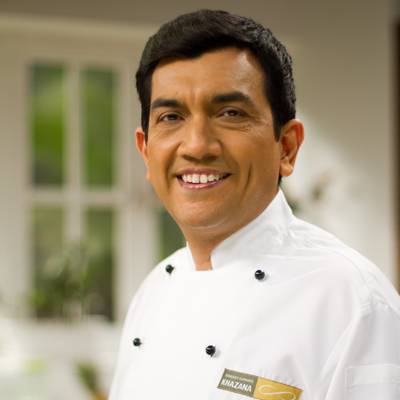
Key Details:
.png)
prep time: 10 minutes
.png)
Cook time: 30 minutes
.png)
Difficulty Level: Moderate
.png)
Course:

Cuisine: Indian
Key Ingredients:
Mawa
sugar
About Mawa Modak
Mawa modak, also known as khoya modak, is a delectable Indian sweet that holds a special place in the hearts of devotees, especially during the festival of Ganesh Chaturthi. This traditional delicacy is not only a treat for the taste buds but also an essential offering made to Lord Ganesha, the elephant-headed Hindu deity widely revered as the remover of obstacles and the god of beginnings.
Mawa modak primarily consists of two main ingredients – mawa (khoya) and sugar. Mawa, also called khoya, is a concentrated milk product made by slowly simmering full-fat milk until most of the moisture evaporates, leaving behind a thick, crumbly mass. This rich, creamy substance forms the base of many Indian sweets. Along with sugar, other essential ingredients for making mawa modak include ghee (clarified butter), cardamom powder for flavor, and chopped nuts like almonds and cashews for garnish. Some variations may include a pinch of saffron for a delightful aroma and color.
While the basic mawa modak recipe remains consistent, there are several creative variations that incorporate different flavors and textures. Some popular variations include coconut mawa modak, chocolate mawa modak, and even fruit-flavored mawa modak. These variations cater to diverse palates and preferences, adding a modern twist to this age-old sweet.
In conclusion, mawa modak is a cherished Indian sweet with deep religious significance, especially during the Ganesh Chaturthi festival. Its rich, creamy texture and sweet, aromatic flavors make it a delightful treat for both devotees and sweet enthusiasts. Whether prepared in the traditional way or with innovative variations, mawa modak continues to be a symbol of devotion and a culinary delight in Indian culture. Mawa modaks are often offered to Lord Ganesha as a symbol of devotion and gratitude during Ganesh Chaturthi. Devotees believe that offering these handmade sweets pleases the deity and brings blessings for a prosperous and obstacle-free life.
Table of Contents
Mawa modak, also known as khoya modak, is a delectable Indian sweet that holds a special place in the hearts of devotees, especially during the festival of Ganesh Chaturthi. This traditional delicacy is not only a treat for the taste buds but also an essential offering made to Lord Ganesha, the elephant-headed Hindu deity widely revered as the remover of obstacles and the god of beginnings.
Read More- Mawa (khoya) grated 2 cups
- Sugar ½ cup
- Saffron (kesar) 10-12 strands
- Liquid glucose 1 teaspoon
- Heat a non-stick pan, add 2 cups mawa and ½ cup sugar to it and stir on low heat until both mawa and sugar melt.
step 1. Heat a non-stick pan, add 2 cups mawa and ½ cup sugar to it and stir on low heat until both mawa and sugar melt.
step 2. Add 1 tsp liquid glucose to the prepared mixture.
Read MoreServing Suggestion : Serve it fresh.
Read MoreIngredients
- Mawa (khoya) grated 2 cups
- Sugar ½ cup
- Saffron (kesar) 10-12 strands
- Liquid glucose 1 teaspoon
- Green cardamom powder 1/4 teaspoon
- Ghee for greasing
How to Make Mawa Modak (Stepwise Photos)
- Heat a non-stick pan, add 2 cups mawa and ½ cup sugar to it and stir on low heat until both mawa and sugar melt.
- Add 1 tsp liquid glucose to the prepared mixture.
- Add ¼ tsp green cardamom powder to it.
- Next add 10-12 saffron strands to the mixture and mix it well. .
- Keep stirring it and cook till the mixture thickens and turns slightly brown like this.
- Take the pan off the heat and transfer the mixture into a plate and set aside to cool down at room temperature.
- Grease the modak mould with some ghee. Stuff it with a portion of the mixture and press gently.
- Demould, arrange the modaks on a serving platter, garnish with pistachios and serve. Or transfer into an airtight container and refrigerate to serve when required.
Method
- Heat a non-stick pan, add 2 cups mawa and ½ cup sugar to it and stir on low heat until both mawa and sugar melt.
- Add 1 tsp liquid glucose to the prepared mixture.
- Add ¼ tsp green cardamom powder to it.
- Next add 10-12 saffron strands to the mixture and mix it well.
- Keep stirring it and cook till the mixture thickens and turns slightly brown like this.
- Take the pan off the heat and transfer the mixture into a plate and set aside to cool down at room temperature.
- Grease the modak mould with some ghee. Stuff it with a portion of the mixture and press gently.
- Demould, arrange the modaks on a serving platter, garnish with pistachios and serve. Or transfer into an airtight container and refrigerate to serve when required.
Additional Tips and Tricks
- Serving Suggestion : Serve it fresh.
About chef

Masterchef Sanjeev Kapoor
Sanjeev Kapoor is the most celebrated face of Indian cuisine today. He is Chef extraordinaire, runs a successful TV Channel ‘FoodFood’, author of best selling cookbooks, restaurateur and winner of several culinary awards!
Comments
No feedback Available










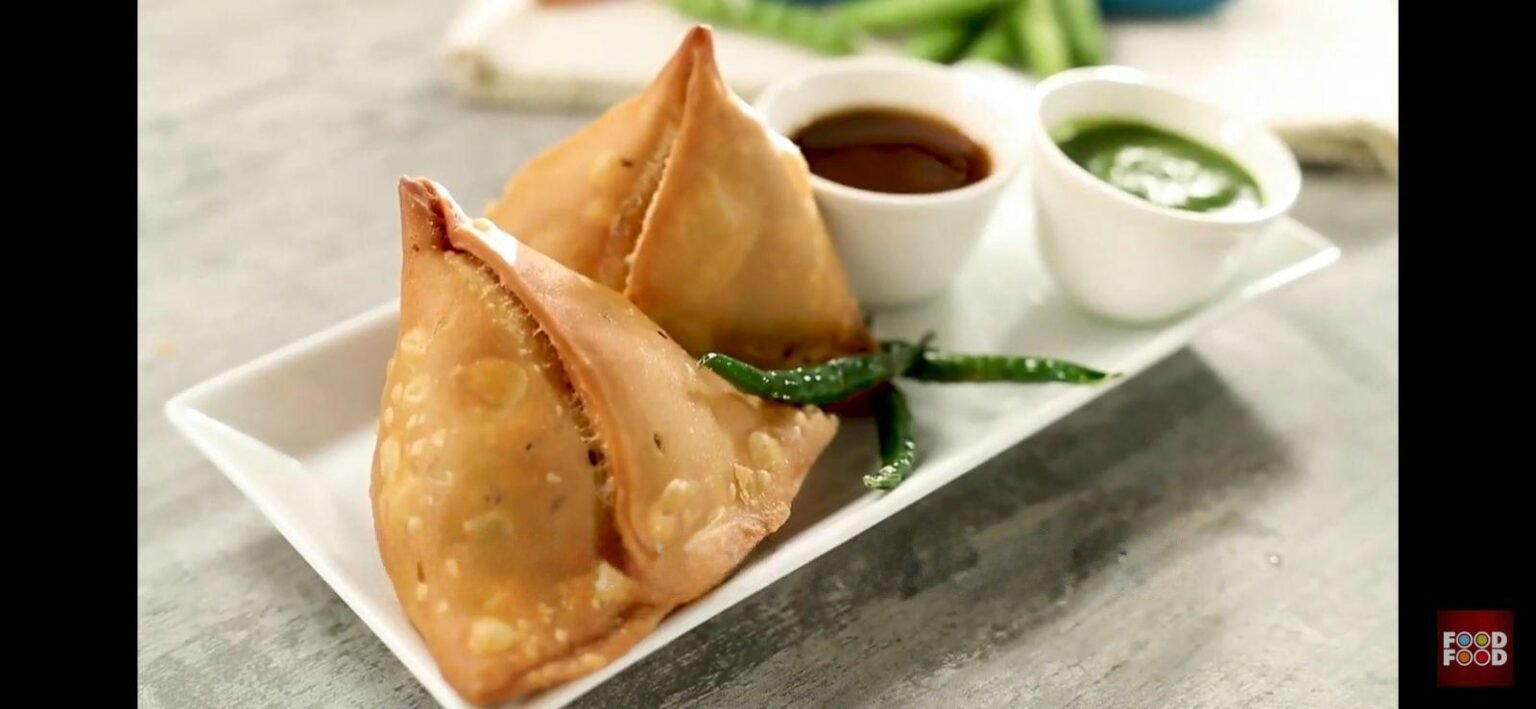
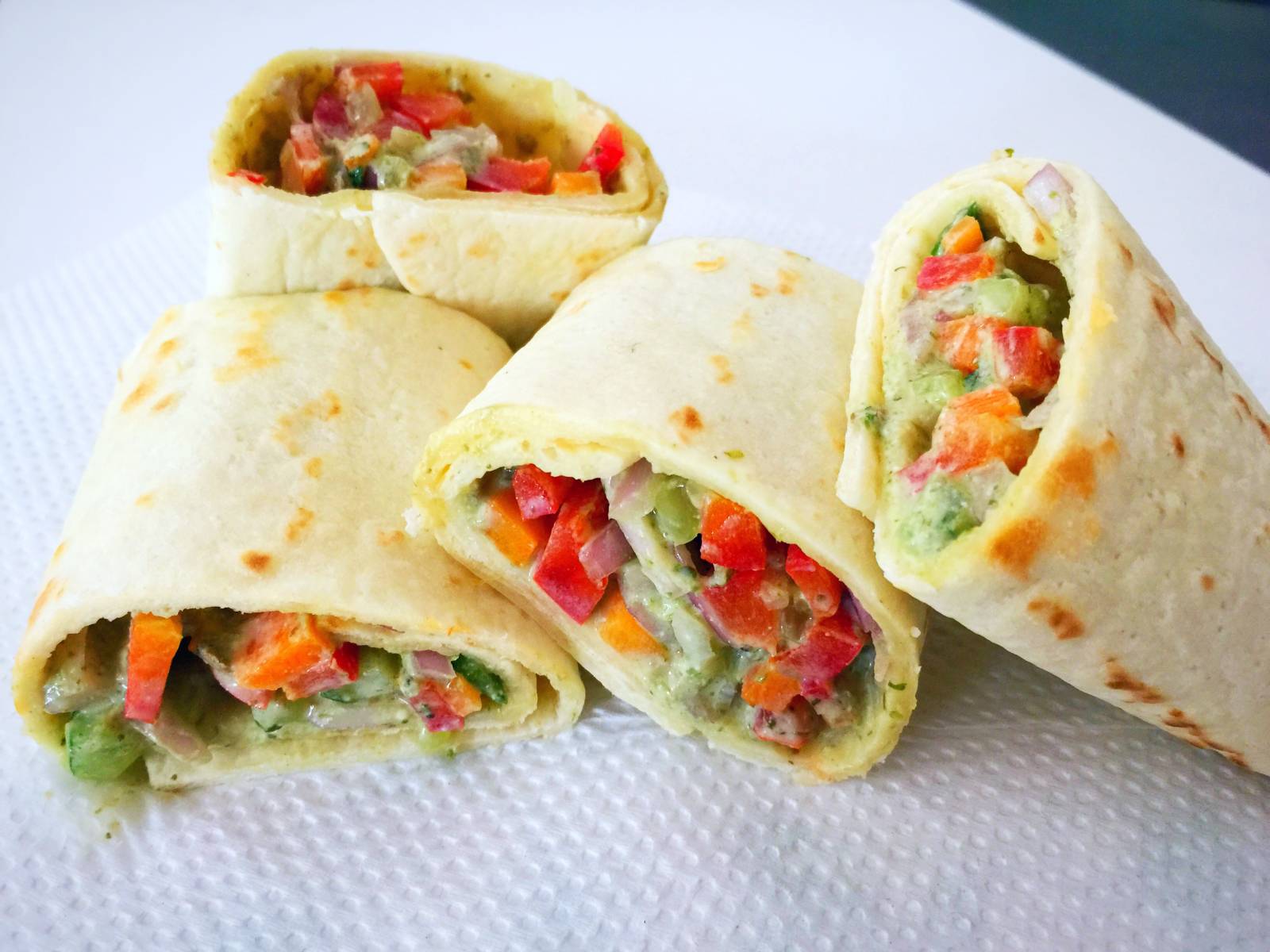
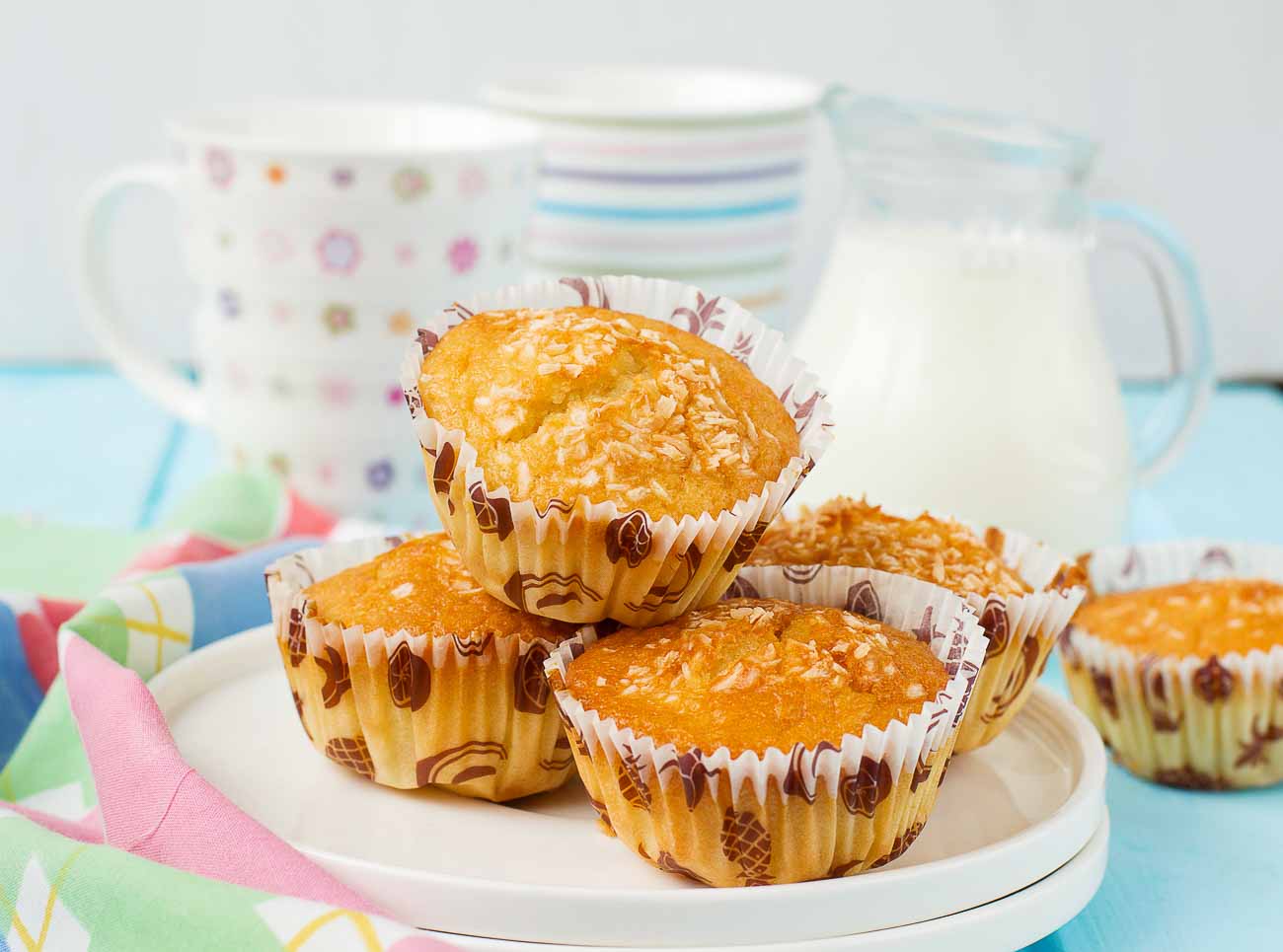
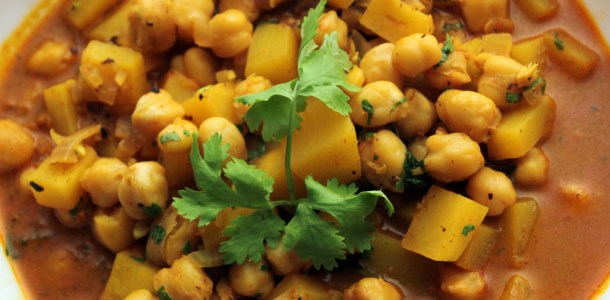
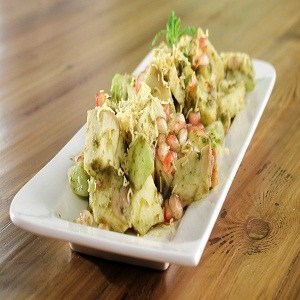
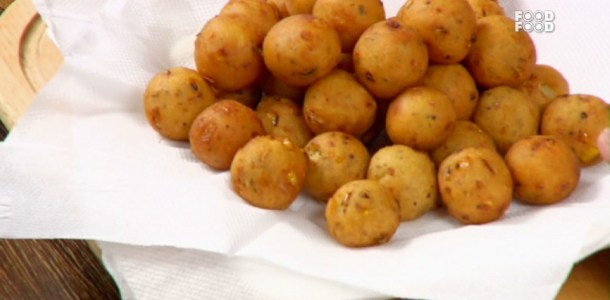
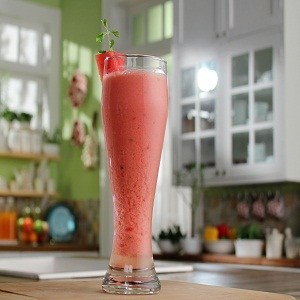
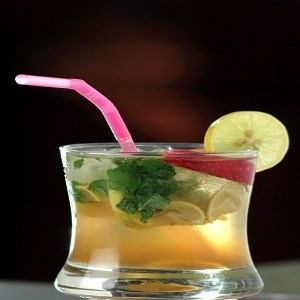

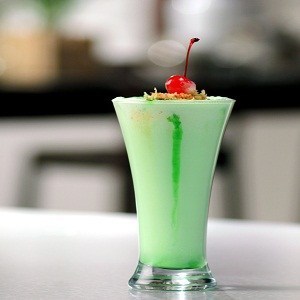
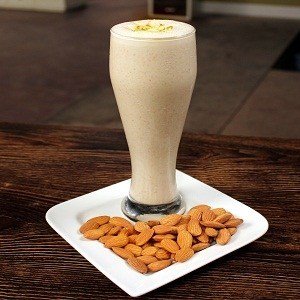
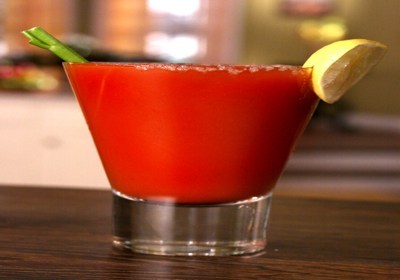
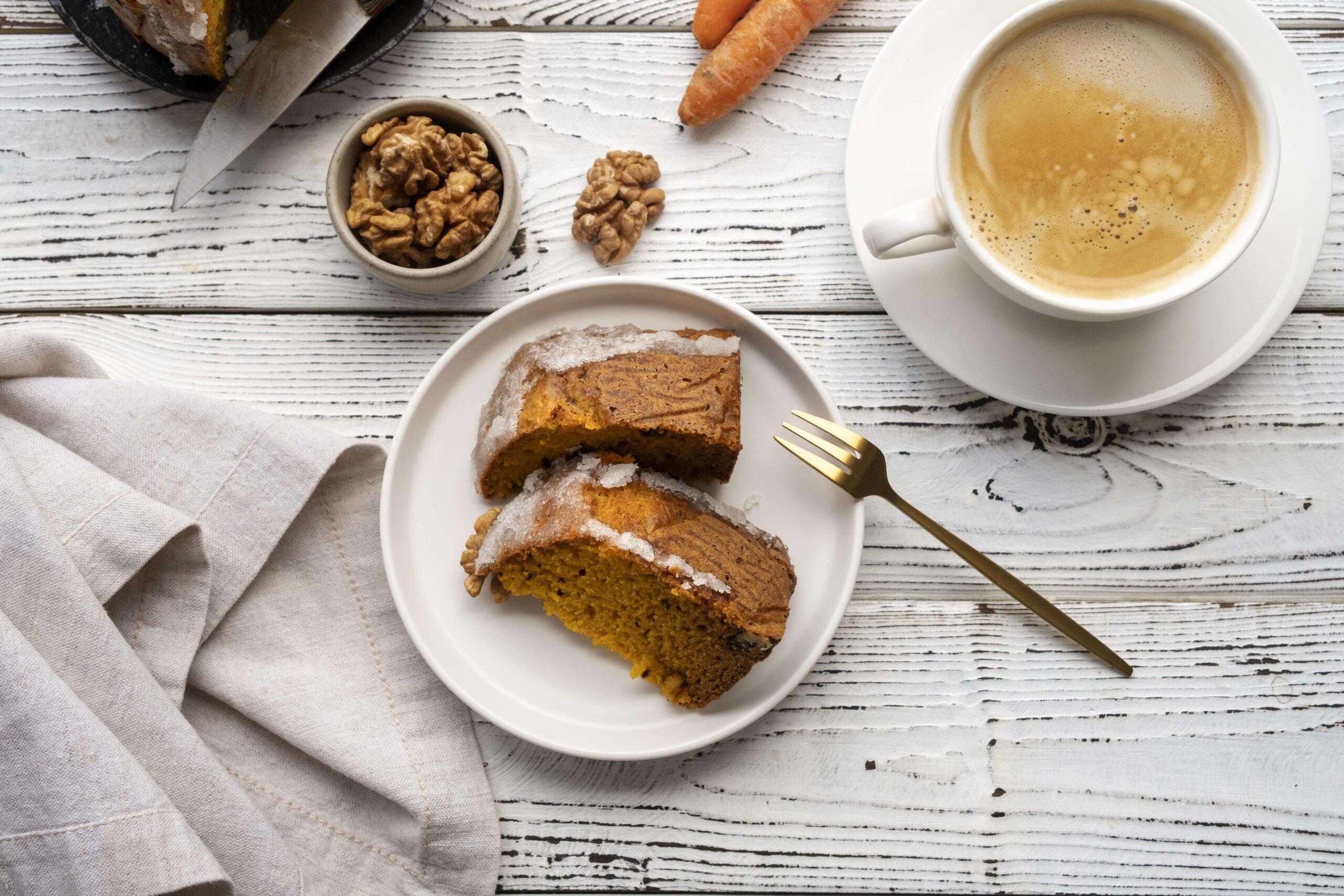
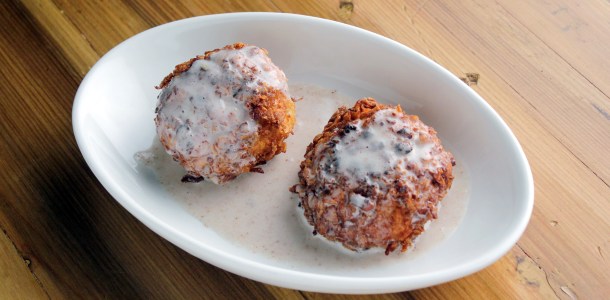
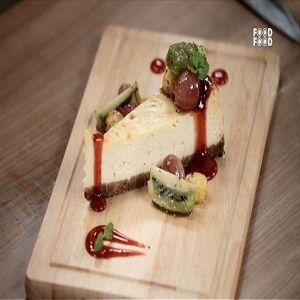
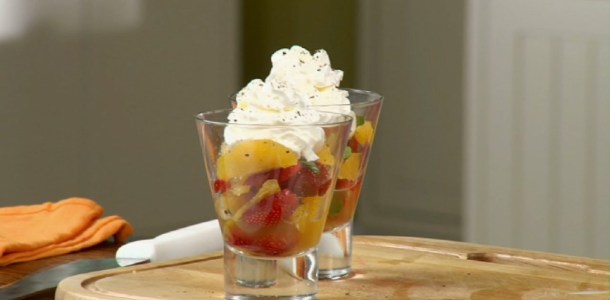

Comments
No feedback Available